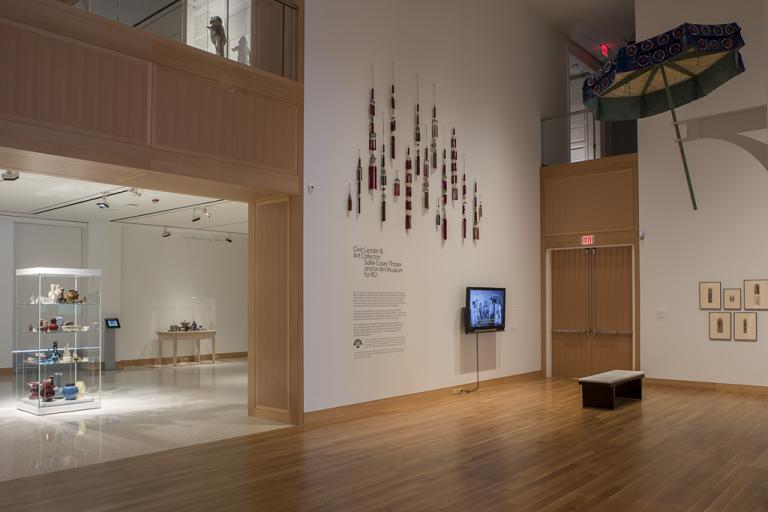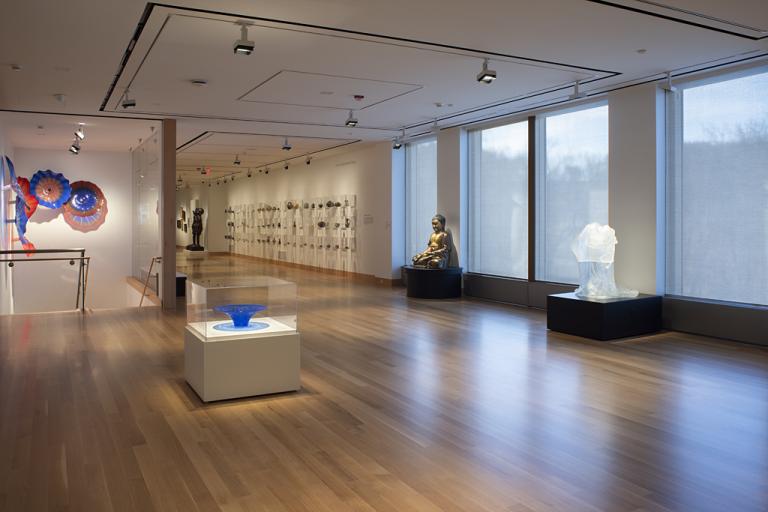salt cellar, unknown maker from the United States
Artwork Overview
salt cellar
, circa 1870s
Where object was made: United States
Material/technique: pressed uranium glass
Dimensions:
Object Height/Width/Depth (Height x Width x Depth): 4.2 x 7.8 x 5 cm
Object Height/Width/Depth (Height x Width x Depth): 1 5/8 x 3 1/16 x 1 15/16 in
Object Height/Width/Depth (Height x Width x Depth): 4.2 x 7.8 x 5 cm
Object Height/Width/Depth (Height x Width x Depth): 1 5/8 x 3 1/16 x 1 15/16 in
Credit line: William Bridges Thayer Memorial
Accession number: 1928.6144
On display: Stewart Gallery
If you wish to reproduce this image, please submit an image request





